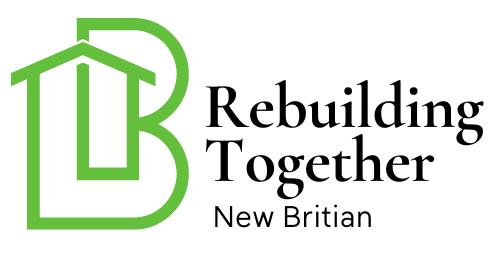The bathroom is one of the most frequently used rooms in any home, yet it is also a space where accidents are surprisingly common. From slippery floors to electrical hazards, the potential for injury is significant. This is why bathroom hazard prevention is an essential topic for every homeowner to consider. By implementing a few simple measures, you can significantly reduce the risk of accidents, ensuring the safety of your family and guests.

Understanding the Importance of Bathroom Safety
Understanding the significance of bathroom safety is crucial for everyone, especially for those living with children or seniors. The bathroom is often filled with hard surfaces and sharp edges, making falls and other accidents more likely. Therefore, taking proactive steps toward bathroom hazard prevention is vital for maintaining a safe home environment.
Common Bathroom Hazards
Slippery Floors
One of the most common hazards in the bathroom is slippery floors. Water and soap can create a slick surface, increasing the risk of slips and falls. To mitigate this risk, consider investing in waterproof mats that provide extra grip.
Electrical Hazards
Electrical appliances and water do not mix well. Ensure all electrical outlets are equipped with Ground Fault Circuit Interrupters (GFCIs) to prevent electrical shock. Keep appliances away from water sources to further minimize risk.
Sharp Edges and Corners
Many bathroom fixtures have sharp edges and corners. Consider installing corner guards or choosing rounded fixtures to reduce injury risk.
Preventing Slips and Falls
Non-slip Flooring
Install non-slip flooring to provide better traction in wet conditions. Materials like textured tiles or vinyl can offer a safer alternative to traditional tiles.
Grab Bars
Install grab bars near the shower, bathtub, and toilet to provide support and stability for those who need it. This is especially important for seniors or individuals with mobility issues.
Proper Lighting
Ensure your bathroom is well-lit to prevent accidents. Consider installing LED safety lights for better visibility.
Reducing Electrical Risks
GFCI Outlets
Install GFCI outlets in your bathroom to prevent electrical shocks. These outlets are designed to shut off power in the event of a ground fault.
Safe Appliance Storage
Keep electrical appliances like hairdryers and razors away from water sources. Store them in a dry area when not in use.
Enhancing Bathroom Accessibility
Accessible Fixtures
Consider remodeling your bathroom to include accessible fixtures. This includes installing adjustable showerheads and easy-to-reach controls.
Seating Options
Providing a shower chair or bench can make bathing safer and more comfortable for those with mobility challenges.
Regular Maintenance and Safety Checks
Regularly check your bathroom for potential hazards. This includes inspecting tiles for cracks, checking the stability of grab bars, and ensuring all fixtures are secure.
Educating Family Members
Education is key in bathroom hazard prevention. Ensure all family members are aware of the potential risks and how to avoid them.
Implementing Safety Measures for Children
Children are particularly vulnerable to bathroom hazards. Install child-proof locks on cabinets and ensure that cleaning supplies are out of reach.
Creating a Senior-Friendly Bathroom
For seniors, consider additional safety measures such as raised toilet seats and easy-to-turn faucets to make the bathroom more user-friendly.
External Resources
For more tips on senior-proofing your bathroom, consider consulting external resources.
Conclusion
By prioritizing bathroom hazard prevention, you can create a safer environment for everyone in your home. Taking the time to implement these safety measures can prevent accidents and provide peace of mind.

FAQ
Why is bathroom safety important?
Bathroom safety is crucial due to the high risk of slips, falls, and other accidents. Ensuring a safe bathroom environment can prevent injuries.
What are some common bathroom hazards?
Common hazards include slippery floors, electrical risks, and sharp edges. Addressing these issues can significantly reduce accident risk.
How can I make my bathroom safer for seniors?
Ensure your bathroom is senior-friendly by installing grab bars, using non-slip mats, and considering raised toilet seats.
This article contains affiliate links. We may earn a commission at no extra cost to you.

